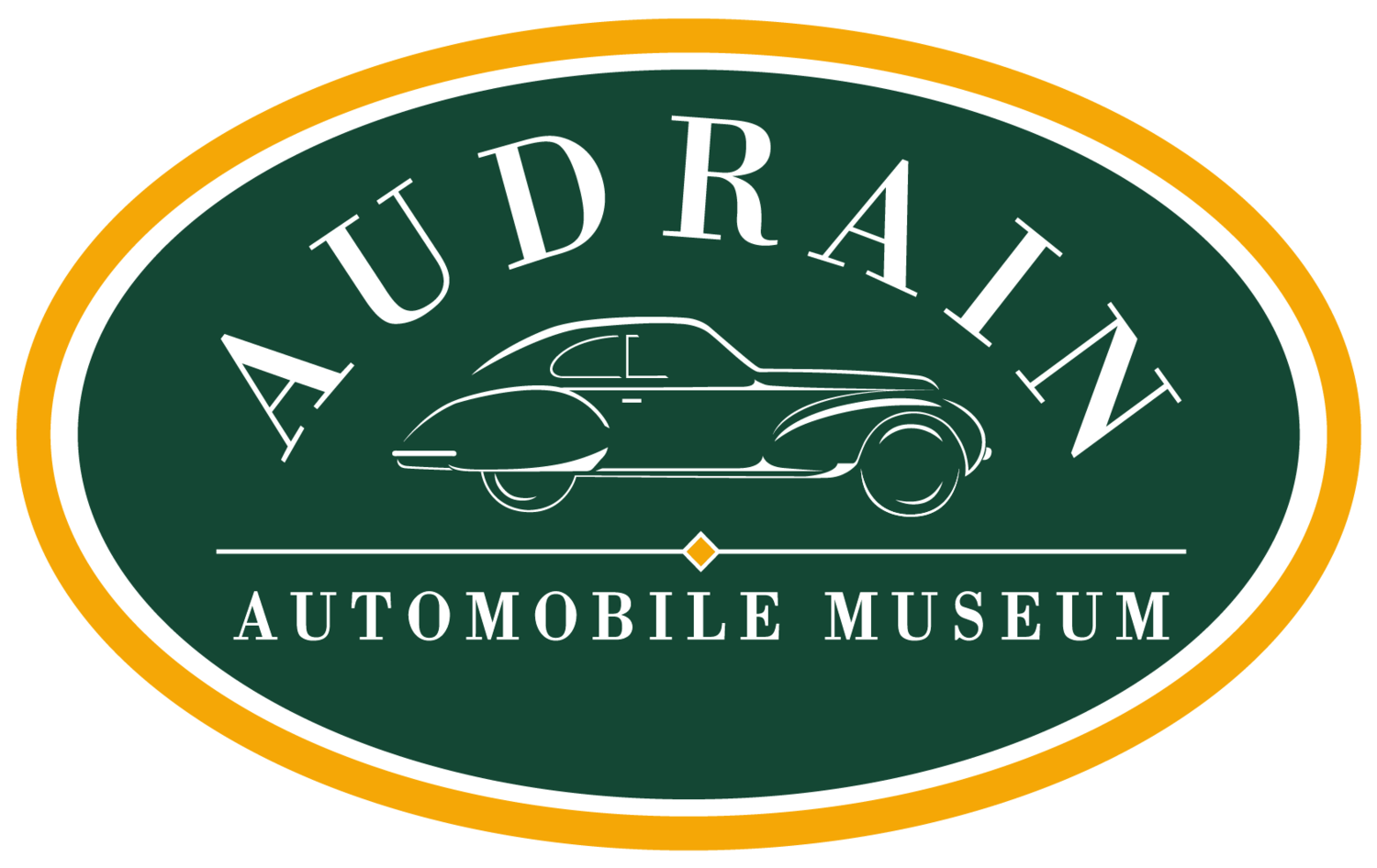1976 Honda CB400F Supersport
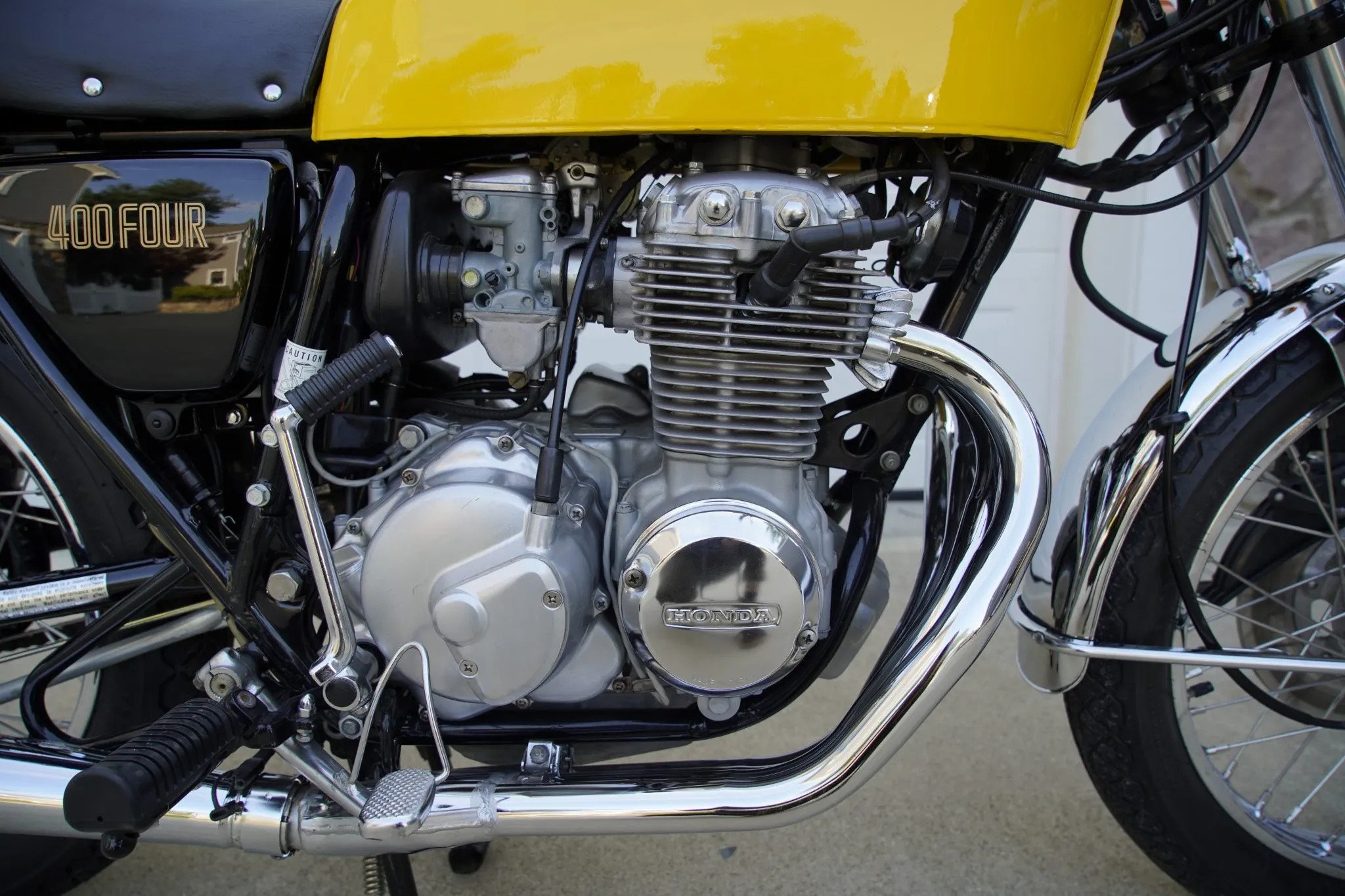
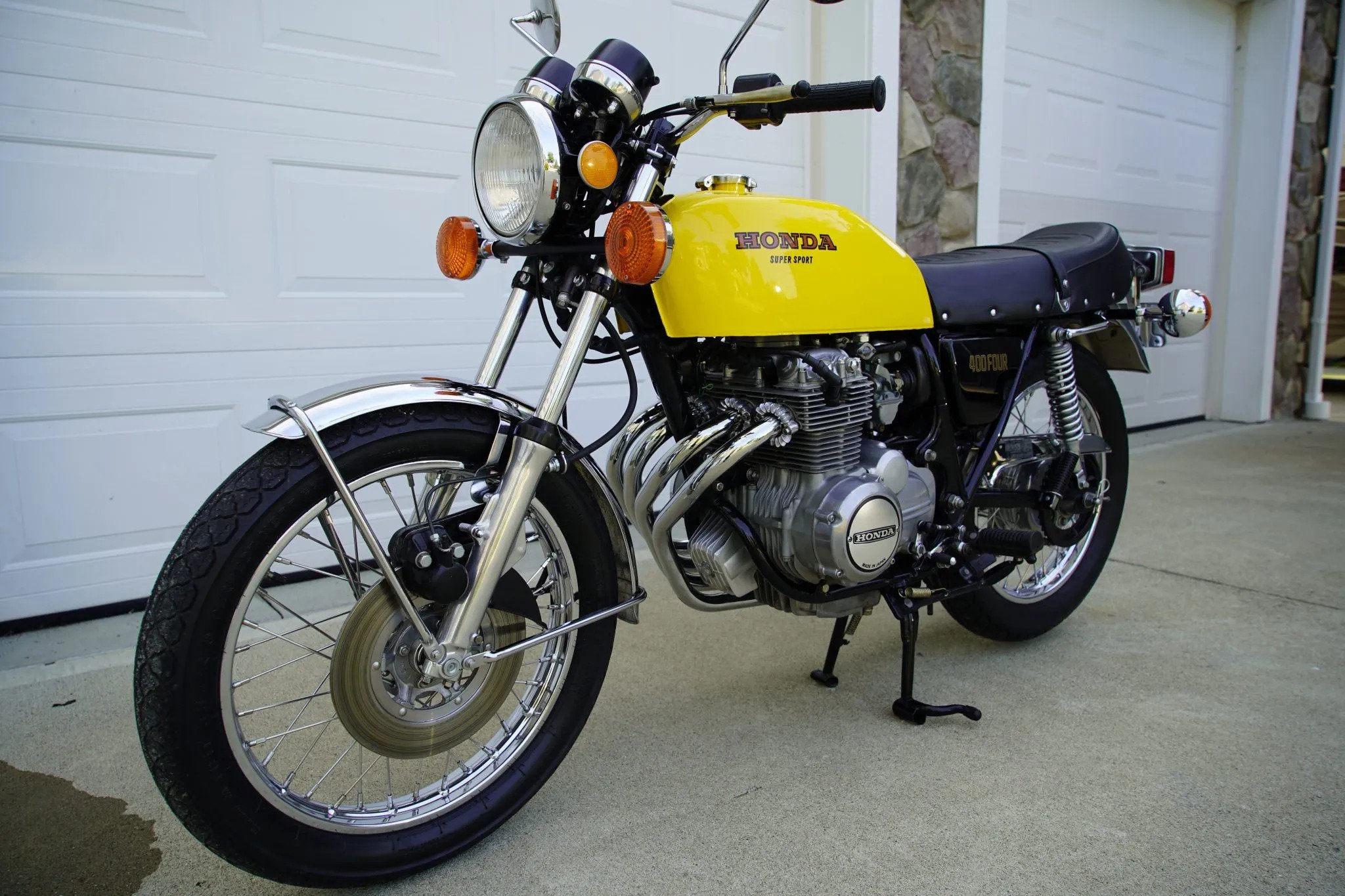
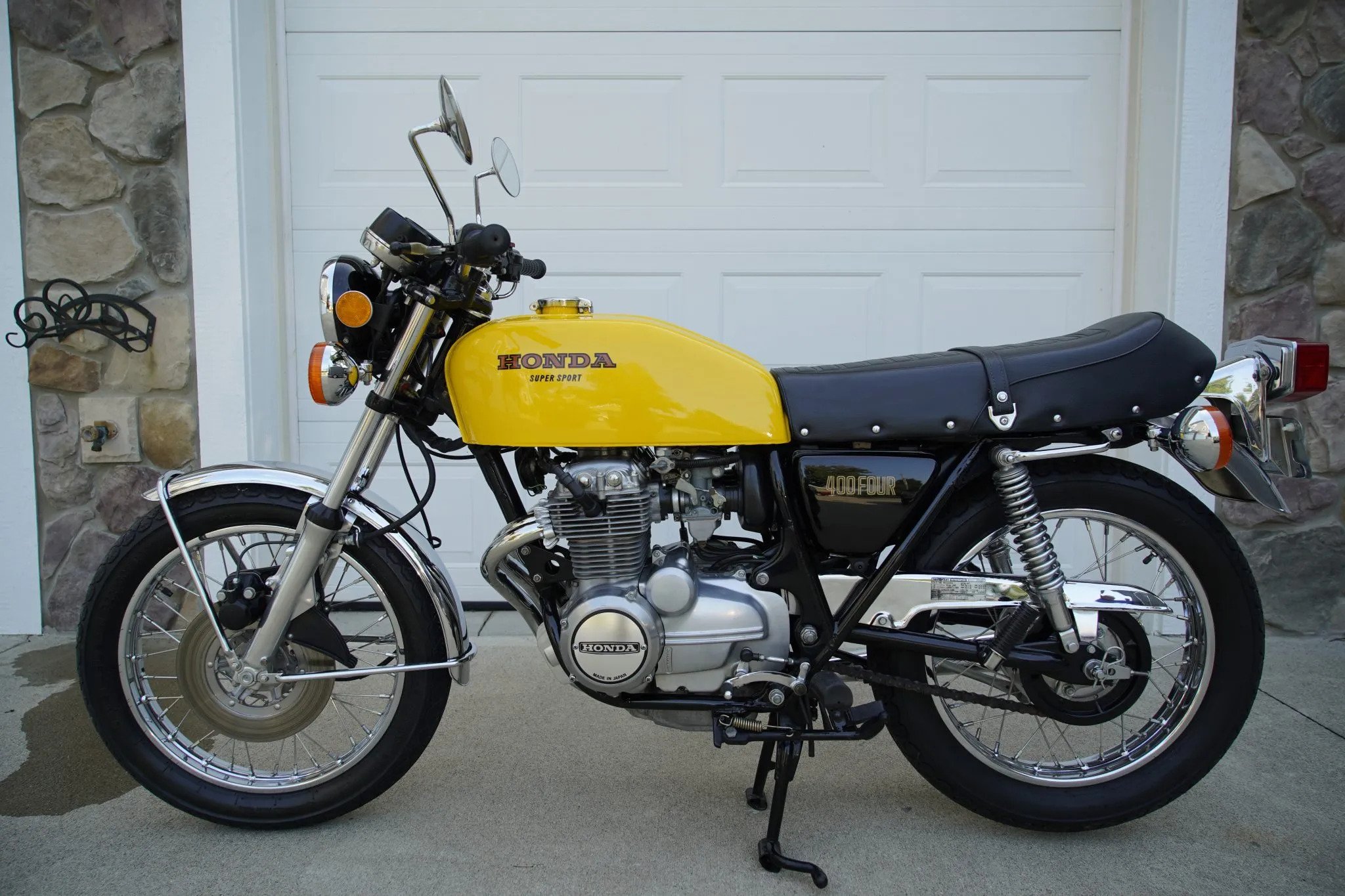
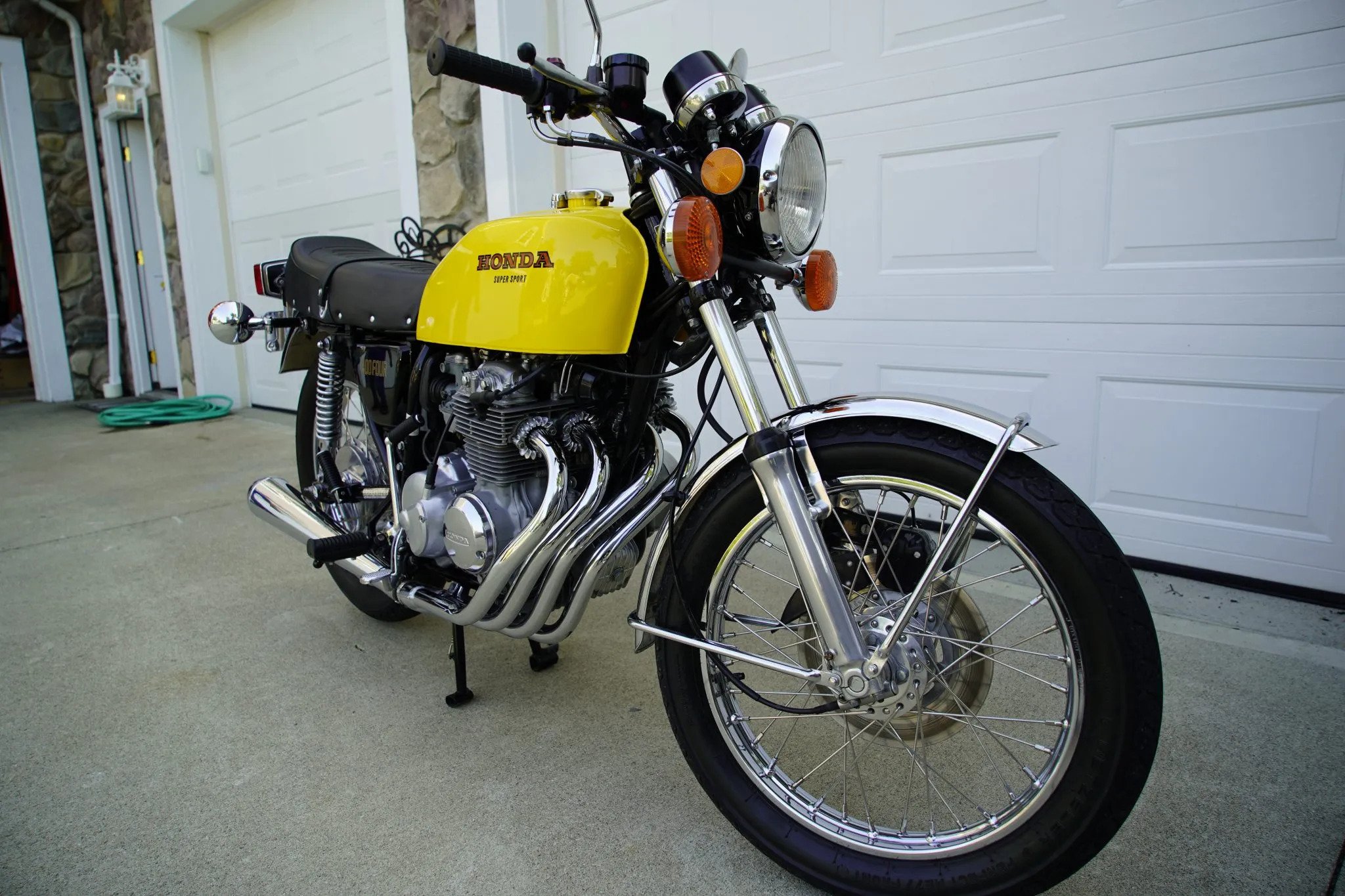
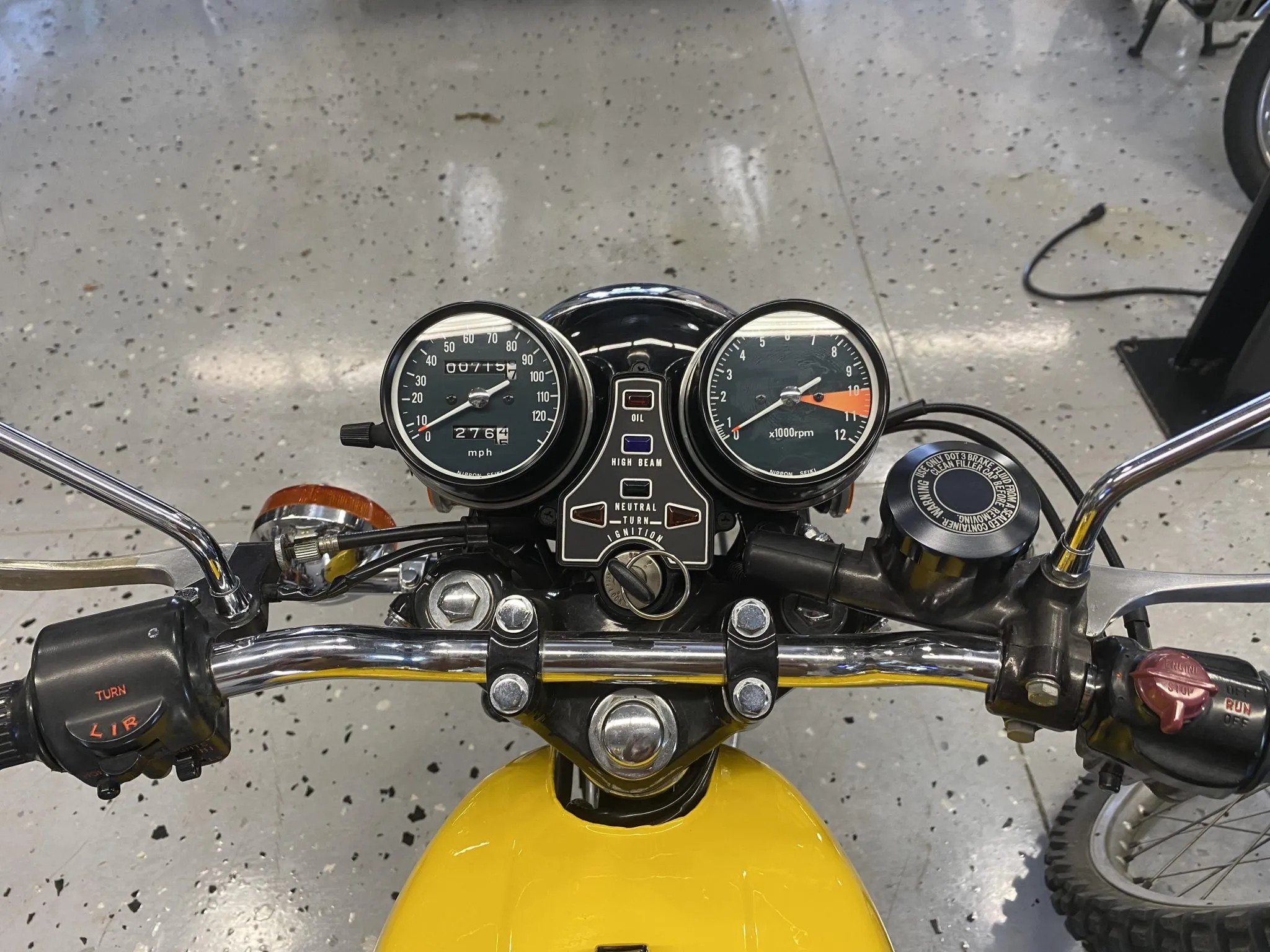
Transverse Inline Single Overhead Cam 4 Cylinder
Styled to mimic Honda’s Larger 550 and 750cc offerings
Smooth High Revving Engine with 4 into 1 Tuned Exhaust
Sport Oriented Seating Position
The CB400F was a new concept - cafe-racer styling, unique 4-into-1 exhaust, 6-speed gearbox (instead of 5 used for all the others). 6The 1976 Honda CB400F Supersport Motorcycle shown here in Parakeet Yellow, is a prime example of Honda’s evolution of their 4-cylinder, 4 carburetor Single Overhead Cam Air Cooled engine. The 4 cylinders of the aluminum alloy engine were placed directly in the airstream to maximize cooling efficiency, allowing for higher compression pistons with a direct gain in horsepower. Compared to similar sized 2 stroke engines, the 4-cylinder Honda 4 stroke was less prone to overheating while being both smoother and quieter.
The CB400F was Honda’s response to riders interested in a versatile sport-oriented entry level road bike that could also be campaigned in Road Racing. The recipe for this bike followed in the footsteps of Honda’s successful 4-cylinder CB750 introduced in 1969, a single overhead cam engine with modern suspension, disc brakes with the engine positioned transversely directly behind the front wheel in a cradle style tubular steel frame. By the early 1970’s other Japanese marques developed their own multi-cylinder 4-stroke performance bikes but remained loyal to 2-stroke power in their smaller displacement offerings.
Honda had proven on the Grand Prix circuit that a high revving small displacement multi cylinder 4 stroke could compete and win against the two strokes, but it wasn’t until Honda released their own “baby brothers” to the CB 750 with 4-cylinder offerings in 350 and 500ccs for the street in 1971 that the technology trickled down to street legal bikes. Subsequently, new sportier and larger displacement models of the Honda 4 were developed leading to the introduction of the Supersport Series in 1975. The CB500 grew to 550cc and the CB350F became the CB400F Supersport.
The styling had race overtones with solid color paint, improved brakes, and unique 4 into 1 exhaust mufflers that had the look of the bikes on the track. Lower handlebars and rear set footpegs put the rider into a more aerodynamic seating position that suited sporty riding.
While the CB400F gained praise for its looks, it fell somewhat short of its performance goals in comparison to bikes such as the Yamaha RD series two strokes and Kawasaki’s 3-cylinder 2 stroke KH400. Honda saw the need for their bikes to be more versatile than simply winning on the track, and owners were treated to one of the most enjoyable engines on the market with the CB400F. Despite its high revving capacity, it offered very tractable power delivery unlike that of the 2 strokes in which horsepower was delivered more akin to an on/off switch. The Honda engine was sewing machine smooth and quiet, but in the hands of a capable tuner like Hideo “Pops” Yoshimura and Kazuo “Kaz” Yoshima in California, a modified 400F could run up front with the best of the Yamaha production racers on the track.
Additionally, younger riders found the CB400F to be a useful economical commuter machine which could double as a solo touring bike, at home on the freeway as well as the back roads. With the CB400F, Honda had truly created a stylish and versatile mid-sized motorcycle that despite only being made for 3 years, has stood the test of time for quality rider enjoyment.
Specifications:
Engine: 408cc 4-cylinder, single overhead cam, 4-stroke, transverse mounted air- cooled, 4 Keihin carburetors
Transmission: 6 Speed manual, wet clutch, chain drive
Performance: 37 hp at 8000 rpm, top speed 103 mph
Chassis: Double cradle tubular steel, front disc brake, drum rear, front and rear hydraulic suspension
Weight: 392 lbs
